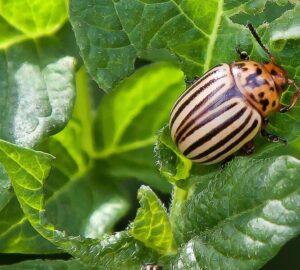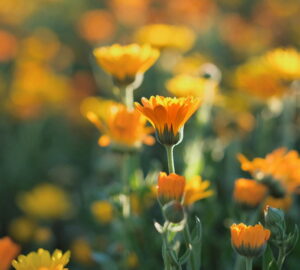Embarking on the journey of gardening is an exciting venture, but like any skill, it comes with a learning curve. For beginners taking their first steps into the world of gardening, steering clear of common pitfalls can make their gardening experience more fruitful and enjoyable. In this guide, we’ll explore the 13 biggest mistakes beginner gardeners often make in their vegetable gardens, providing insights to help you nurture a thriving green haven.
1. Planting Too Early
The eagerness for spring can tempt us to sow seeds prematurely. However, initiating the planting process indoors well before the last frost can result in seedlings outgrowing their confined spaces. Exercise patience and ensure your seeds are ready for the outdoor environment.
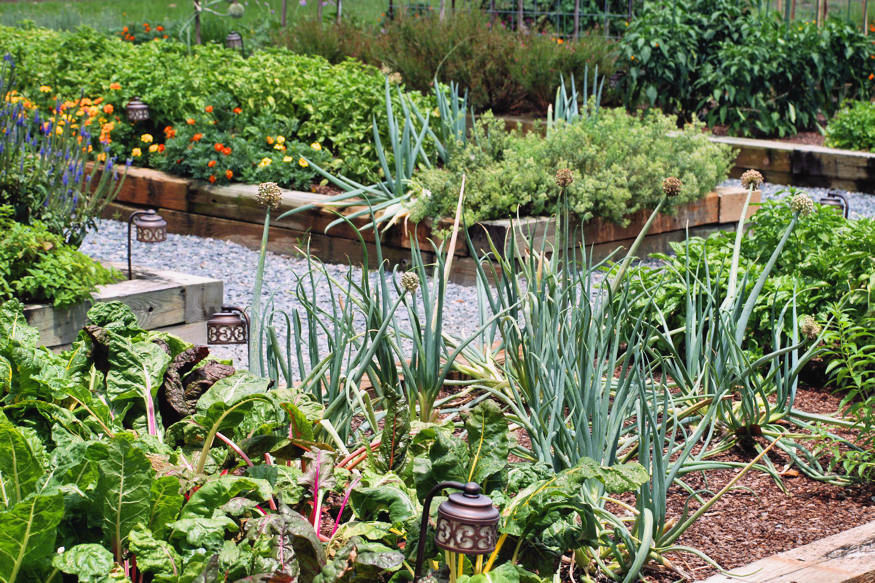
2. Choosing the Wrong Location
Selecting an appropriate site is crucial for successful gardening. Opt for an area with at least six hours of sunlight per day, avoiding excessive shade. Additionally, consider water accessibility to prevent the cumbersome task of lugging water over long distances.
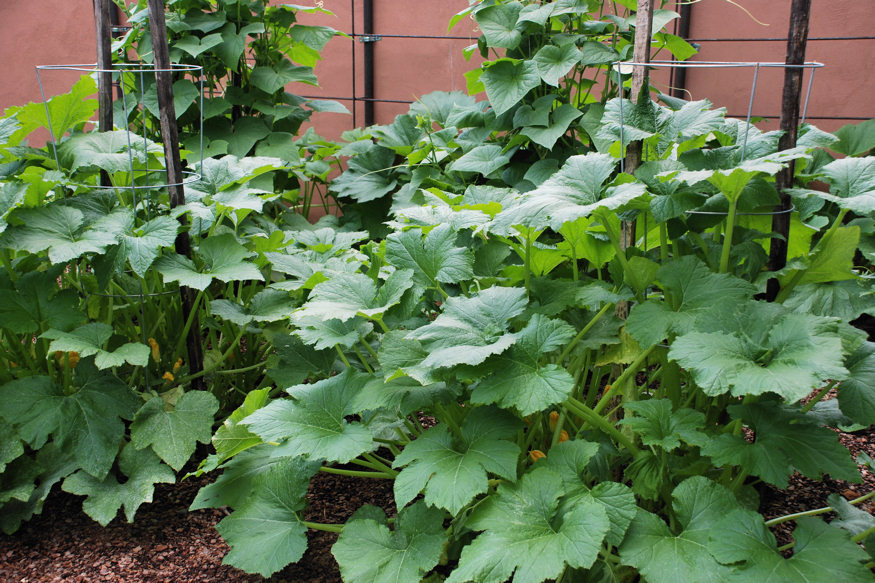
3. Neglecting Soil Quality
Starting with poor-quality soil demands extra effort to enhance it. Prioritize soil preparation by incorporating green manure and mulching with leaves to enrich its fertility before the growing season begins.

4. Untimely Harvesting
Harvesting at the right time is an art. Delaying the harvest can impede plant growth, and herbs won’t flourish without timely pruning. Stay attentive to your garden, ensuring you pluck your vegetables and fruits at their peak to encourage continuous production.

5. Overplanting
Enthusiasm can lead to overambitious planting. A surplus of plants results in increased labor and potential spoilage. Start small and gradually expand your garden as you gain experience. Limiting the variety of plants initially also prevents overwhelm.
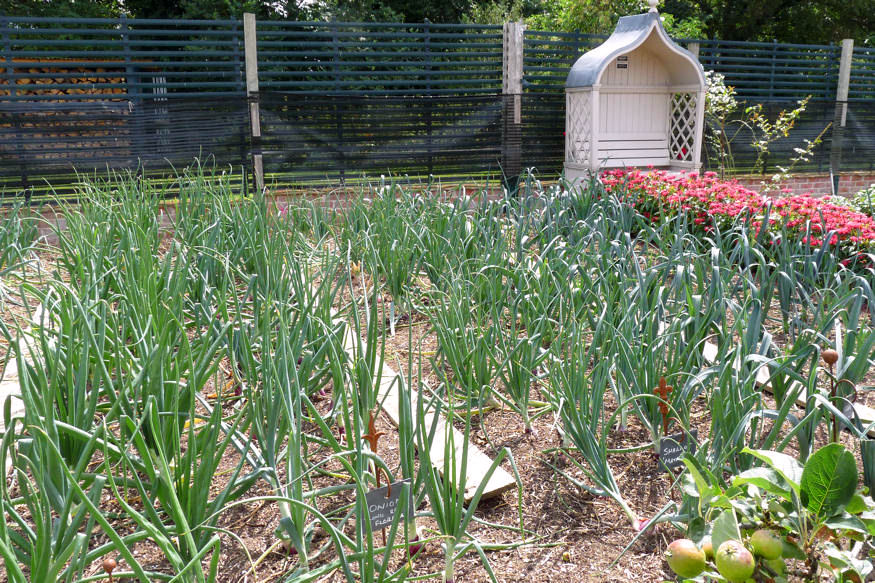
6. Ignoring Space Requirements
Overcrowding plants is akin to gardening in too large a space. Be mindful of spacing requirements to prevent plants from tangling, hindering growth and increasing susceptibility to diseases. Fast-growing species can be strategically interspersed among slower-growing ones to manage space effectively.
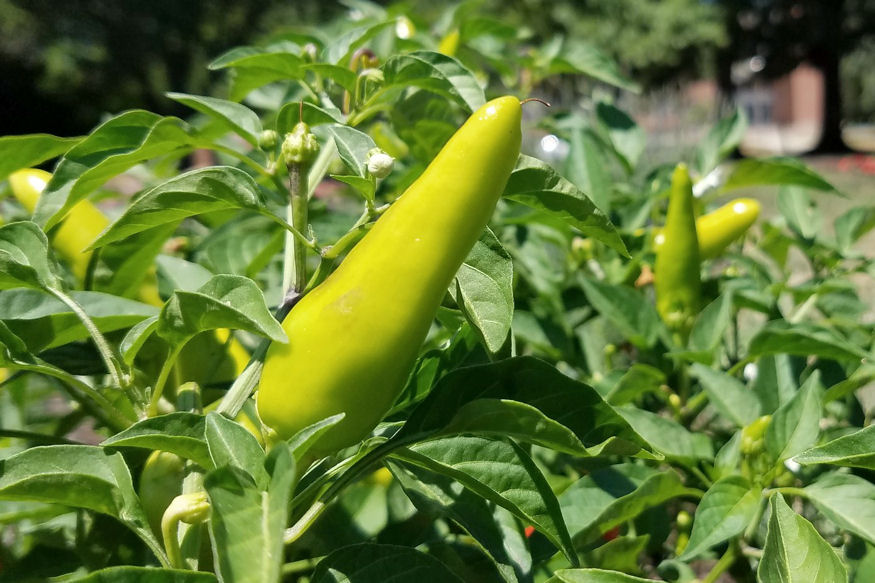
7. Lacking a Planting Strategy
Planting without a strategy can lead to an overabundance of one crop. Diversify your planting schedule or choose varieties with different maturation times to ensure a continuous harvest throughout the season.
8. Neglecting Plant Care
Regular maintenance is essential for a flourishing garden. Tasks such as weeding, nutrient solutions and watering demand consistent attention. Plan ahead to allocate time for these activities to prevent neglect and ensure your plants thrive.
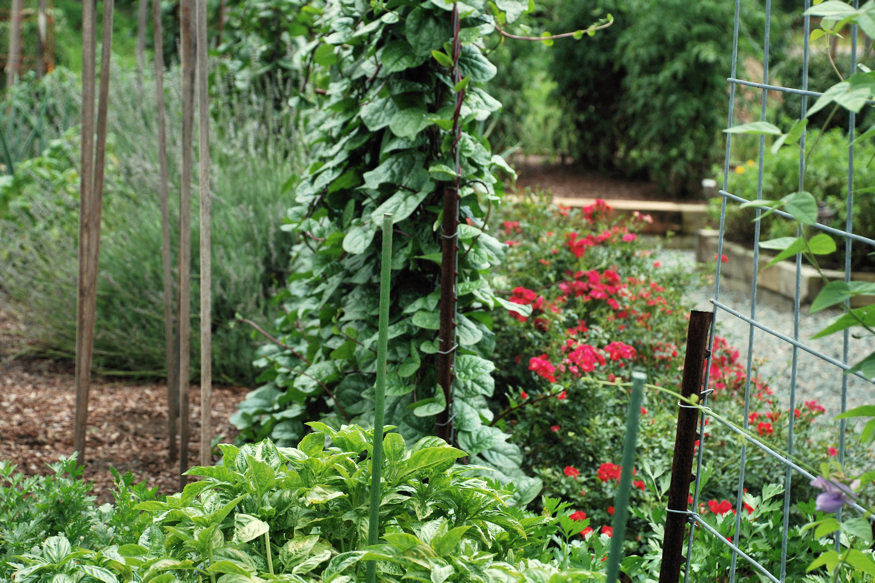
9. Failure to Protect Delicacies
Wildlife can be attracted to your garden’s bounty. Installing fences, traps and alarms becomes necessary to safeguard your harvest from snails, rabbits, deer and birds. Consider your garden’s location when deciding on the level of protection required.
10. Ignoring Small Problems
Regularly inspect your plants for signs of trouble. Yellowing leaves or unusual spots may indicate potential issues. Practice preventive measures like biological control before resorting to chemical solutions. Swift action can prevent the spread of problems throughout your garden.
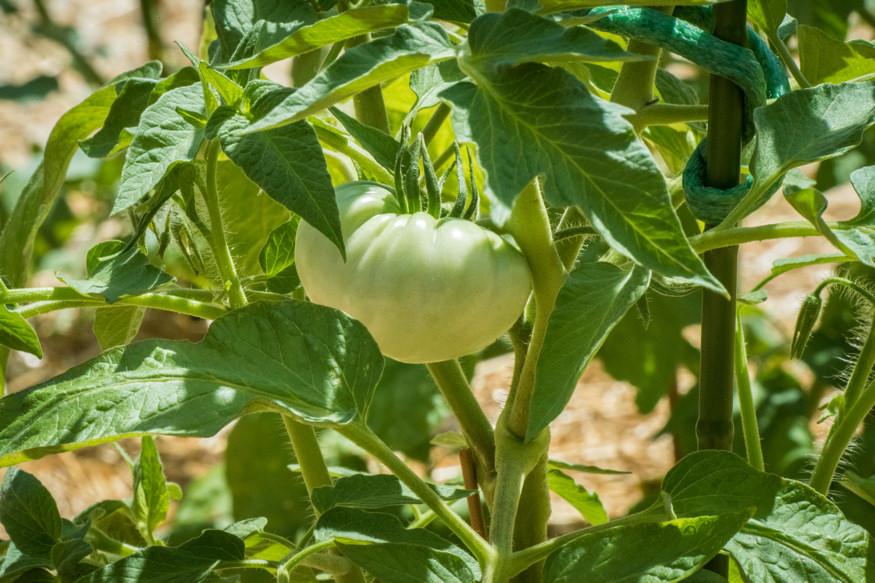
11. Neglecting Companion Planting
Overlooking the concept of companion planting can hinder your garden’s potential. Certain plants thrive when planted alongside specific companions, promoting mutual benefits such as pest control and enhanced growth. Take the time to research and implement companion planting strategies to optimize the health and yield of your vegetable garden.
12. Disregarding Proper Watering Techniques
Watering is a crucial aspect of gardening, and improper watering can lead to various issues. Overwatering may result in root rot and other fungal diseases, while underwatering can stunt growth and diminish yields. Learn the specific water needs of each plant in your garden and establish a consistent watering routine to keep your vegetables thriving.
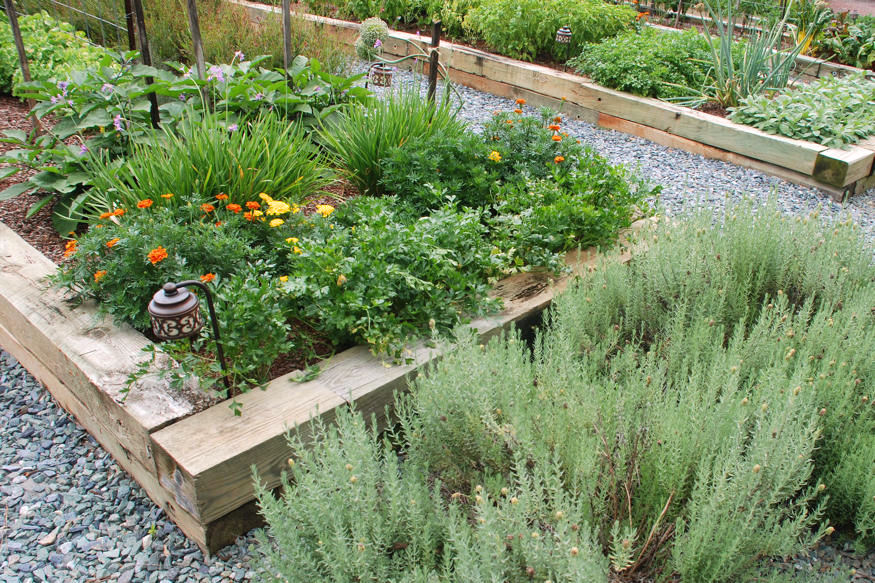
13. Ignoring Succession Planting
A common oversight among beginners is neglecting the importance of succession planting. Planting all your crops at once may lead to a sudden abundance followed by a lull in production. Embrace succession planting by staggering the sowing of seeds or transplanting, ensuring a continuous harvest throughout the growing season. This strategic approach maximizes your garden’s productivity.
Cultivating Green Success
Embarking on a gardening journey is not just about planting seeds; it’s a dance with nature that requires finesse. By steering clear of these common pitfalls, you pave the way for a garden that flourishes with vibrant life. So, embrace the soil, heed the lessons of each leaf and let your garden be a testament to the beautiful partnership between a gardener and the earth. Happy gardening!






